“Create work for you, not others”: Meet analogue photographer Vicky Grout
Attending music concerts at the age of 13, Vicky Grout would have her “very basic” camera in hand, at all times, photographing the artists on stage. Music has been a huge part of her upbringing, which ultimately transcended into the work that she creates today. Now working as a freelance photographer based in London, Vicky boasts an enviable client list that ranges from Nike, adidas, Clash magazine, i-D and Dazed, and, alongside her commercial work, she has snapped the likes of Stormzy, Princess Nokia, AJ Tracey, Jorja Smith and Loyle Carner. Music is Vicky’s calling, and she has landed herself a successful career doing what she loves. Alongside this, we find out more about why she left her BA in photography to dive straight into the industry, and why it’s important to take on the jobs that pay the bills sometimes.

Vicky Grout
Job Title
Photographer and Art Director (2014–present)
Based
London
Selected Clients
Nike, adidas, Clash Magazine, i-D, Dazed, Clark’s Originals
Previous Employment
Retail at Vans, Kingston Upon-Thames
Education
Foundation Diploma in Art and Design, Central Saint Martins
Website
Social Media
Day-to-Day
How would you describe what you do?
My work mainly consists of portrait, editorial, commercial and music photography. I mostly work with clients such as clothing and sports brands, music and fashion publications, record labels as well as artists and musicians (both independent and signed).
What does a typical working day look like and where does it happen?
A typical working day for me usually consists of either shooting on set, working either from home or from coffee shops – this can be in Central or East, where I tend to shoot treatments, pitches and prepare for shoots. Also there’s lots of meetings!
“Being freelance allows for a pretty good work-life balance – you’re able to control your own work hours and schedule.”
How collaborative is your role?
Pretty collaborative. A lot of the time, clients or artists come to me to bounce ideas off one another – whether it’s for an artist specifically, or for a brand campaign or editorial. I usually have a lot of input in terms of both the creative and production.
Would you say your job allows for a good life/work balance?
I would say yes – as you are able to control your own work hours and schedule. I try not to work too much on weekends so I get time to breathe and see loved ones.



What has been the most exciting project of the last twelve months?
Going to Palestine in March last year and meeting the young creatives there – the opportunity to document them was a very special project for me.
What skills would you say are essential to your job?
Good time management, creative thinking, being able to solve problems quickly, as well as being able to work spontaneously – and people skills!
Are you currently working on any personal projects? If so, how do you manage your time alongside other work?
It’s difficult to allocate the time for personal work sometimes; a lot of the time when you’re not working on commissioned work, you can feel very burnt out. But it’s important not to be discouraged and to work at your own pace.
Is there a resource that has particularly helped you?
The book What They Didn’t Teach You in Photo School is a great one. I also love to read the British Journal of Photography and back issues of Dazed and Confused magazine. Also, YouTube tutorials on different camera models, film scanning, image editing have been really helpful along the way.
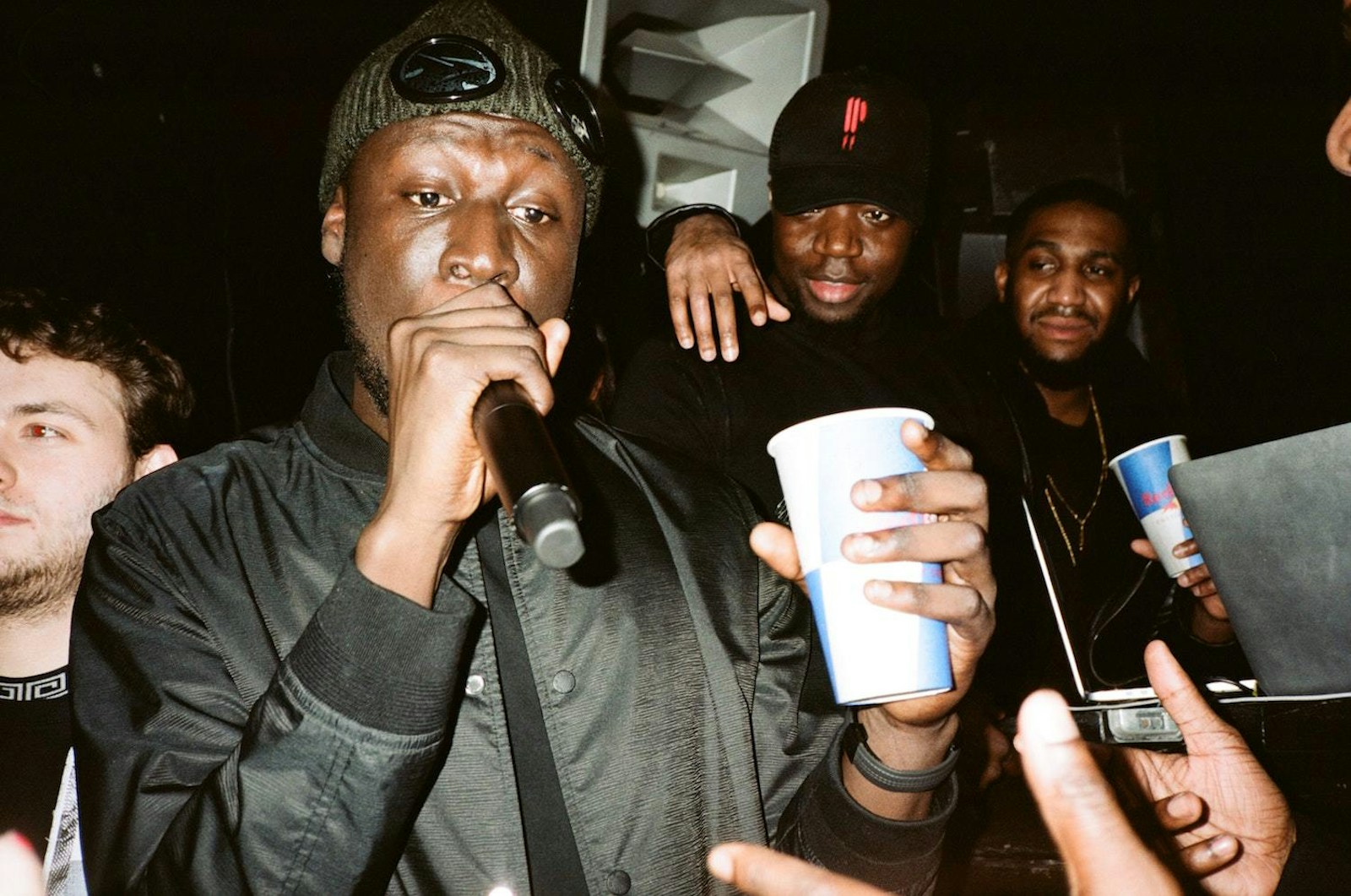

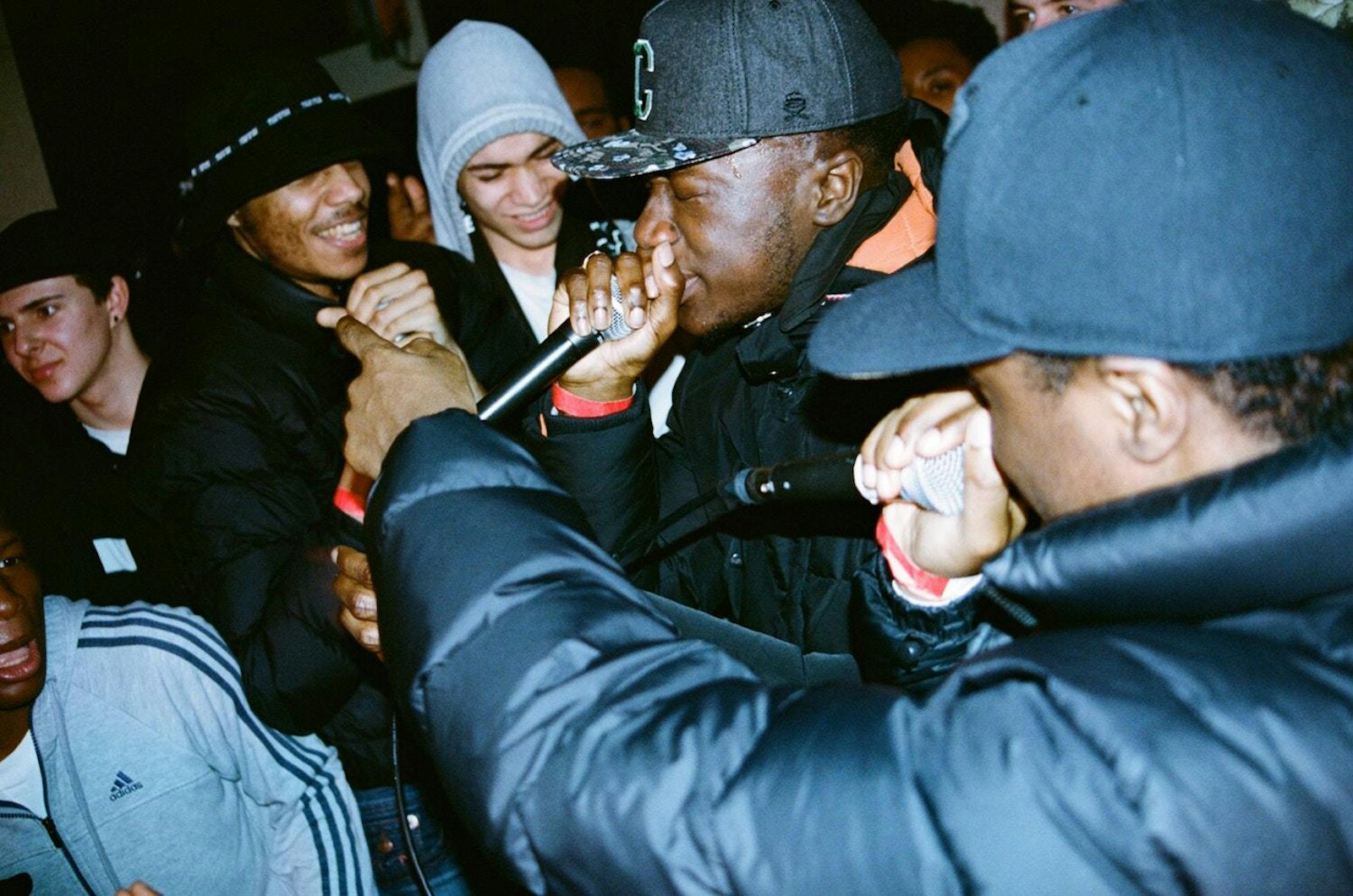
How I Got Here
What did you want to be growing up?
Growing up I definitely wanted to be a performer or dancer – I danced from the age of three to 16.
How do you think your upbringing influenced your choice of career?
Neither of my parents are particularly creative, but they always allowed me to express myself creatively as a child (I loved to paint, draw and make things). So when I asked for a very basic camera for my 11th birthday, they obliged. I also started attending music concerts from the age of 13, so music (particularly live music) has always played a big part in my life, which influenced my work heavily.
Did you study at degree level and if so, do you feel you need a formal education for what you do?
I didn’t actually. Photography wasn’t an option at my school or college, so I ended up studying art and design at college – specialising in graphic design. Then I went on to do a Foundation Diploma in Art and Design at Central Saint Martins. I would always take photos as a hobby over the years, and so when my photography career began to pick up, I decided I wasn’t going to continue with my BA course.
“When my photography career began to pick up, I decided I wasn’t going to continue with my BA course.”
Would you say you ever experienced a lucky break?
Not to discredit myself, but yes, in a sense. I do think that photographing the UK underground music and grime scene at such a pivotal time (between 2014 and 2015) definitely helped my work get noticed. However, these were merely the events I was attending at the time – so it all kind of happened by chance.
What’s been your biggest challenge along the way?
I think my biggest challenge along the way was coming to terms with my whiteness, and my position in the scenes that I was navigating. I had realised that a little white girl in black spaces like the UK underground and grime scenes could be seen as exploitative, which was why I had to learn to take extra effort and care to be hypersensitive around particular issues. Fundamentally I had a passion for music, and my intention was always to uplift artists, not speak for them or take up space. At times there would be jobs or projects that I deemed were not right for me, and would suggest a list of POC photographers who would be better suited.
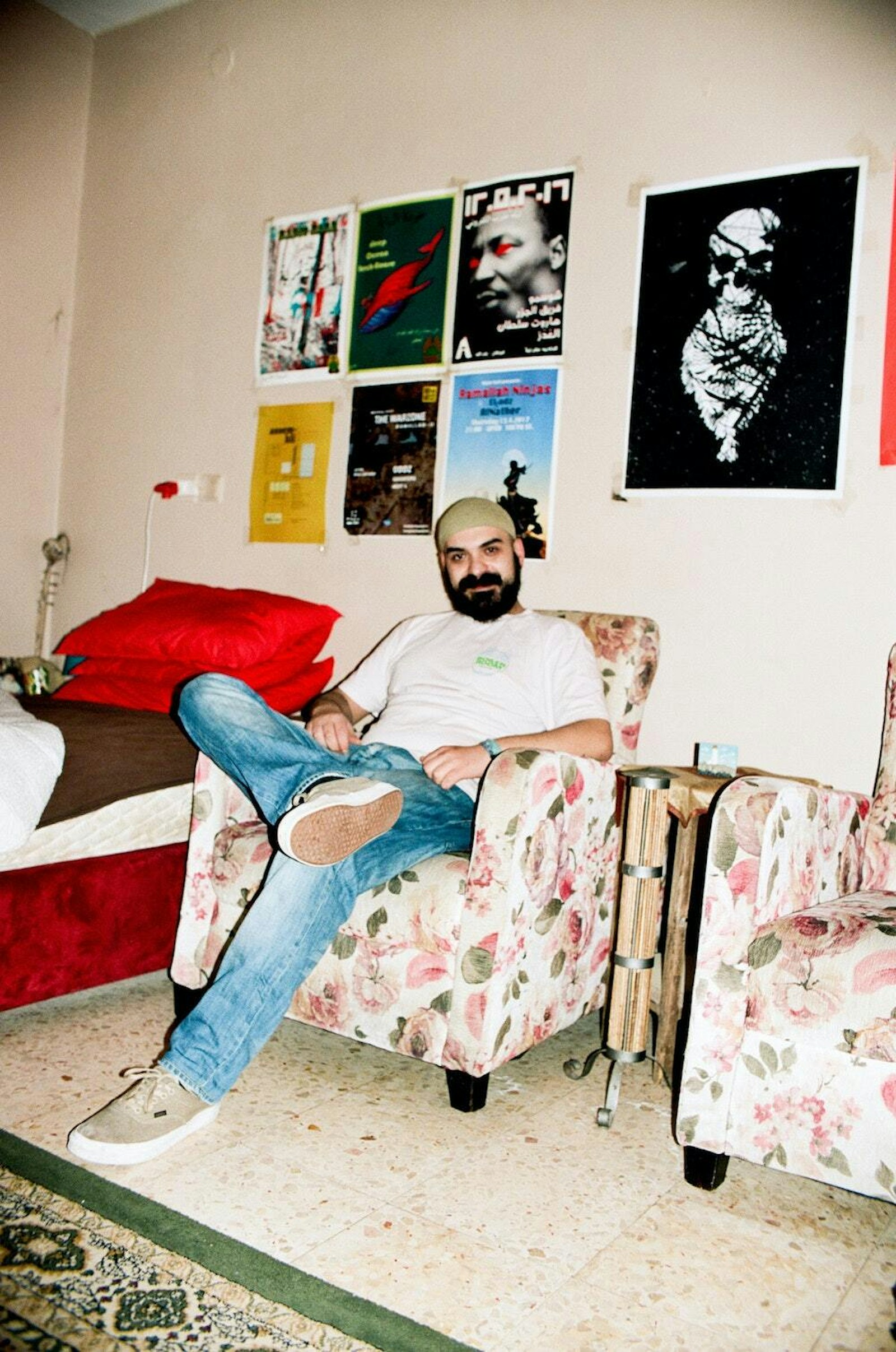
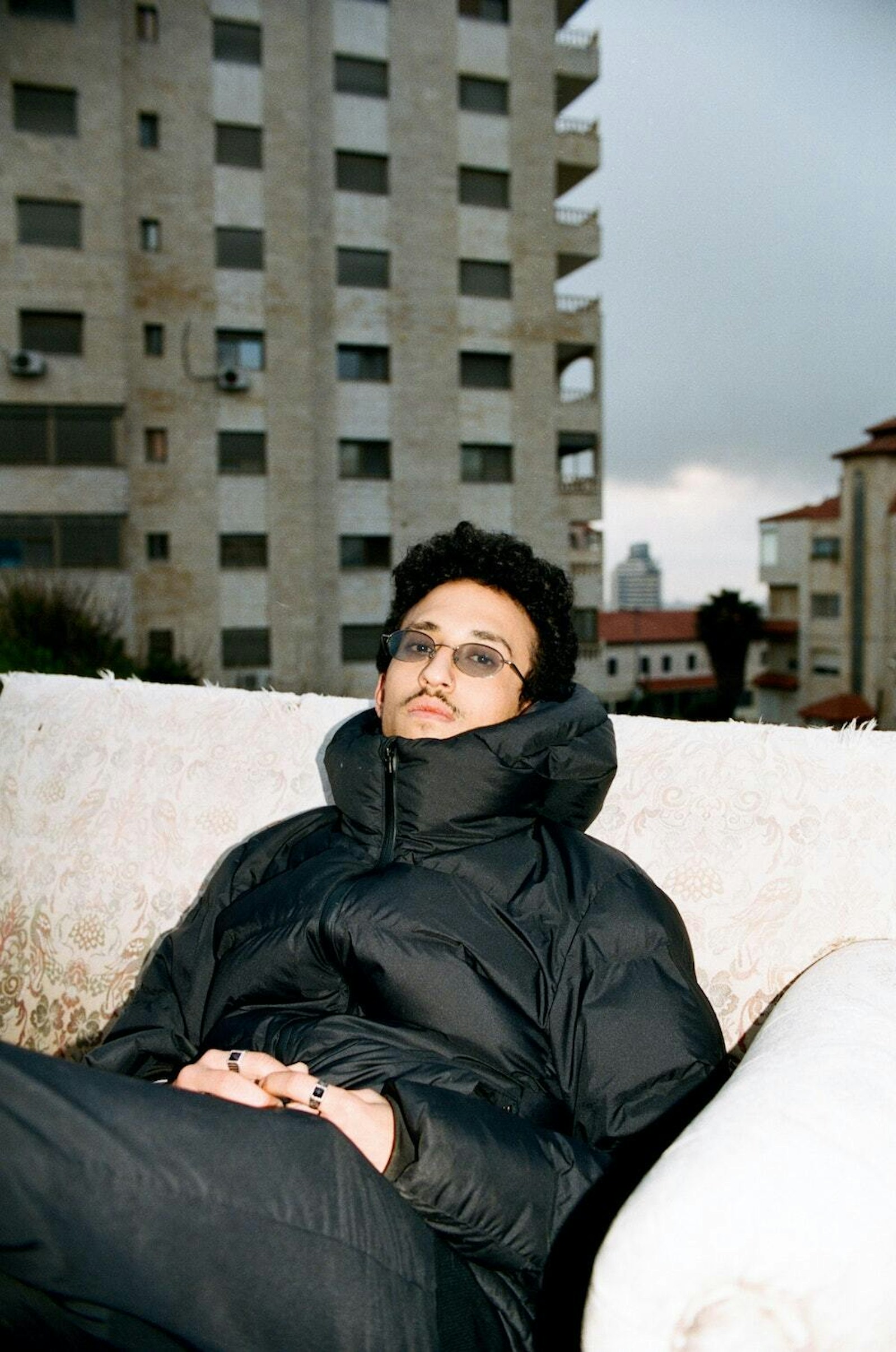
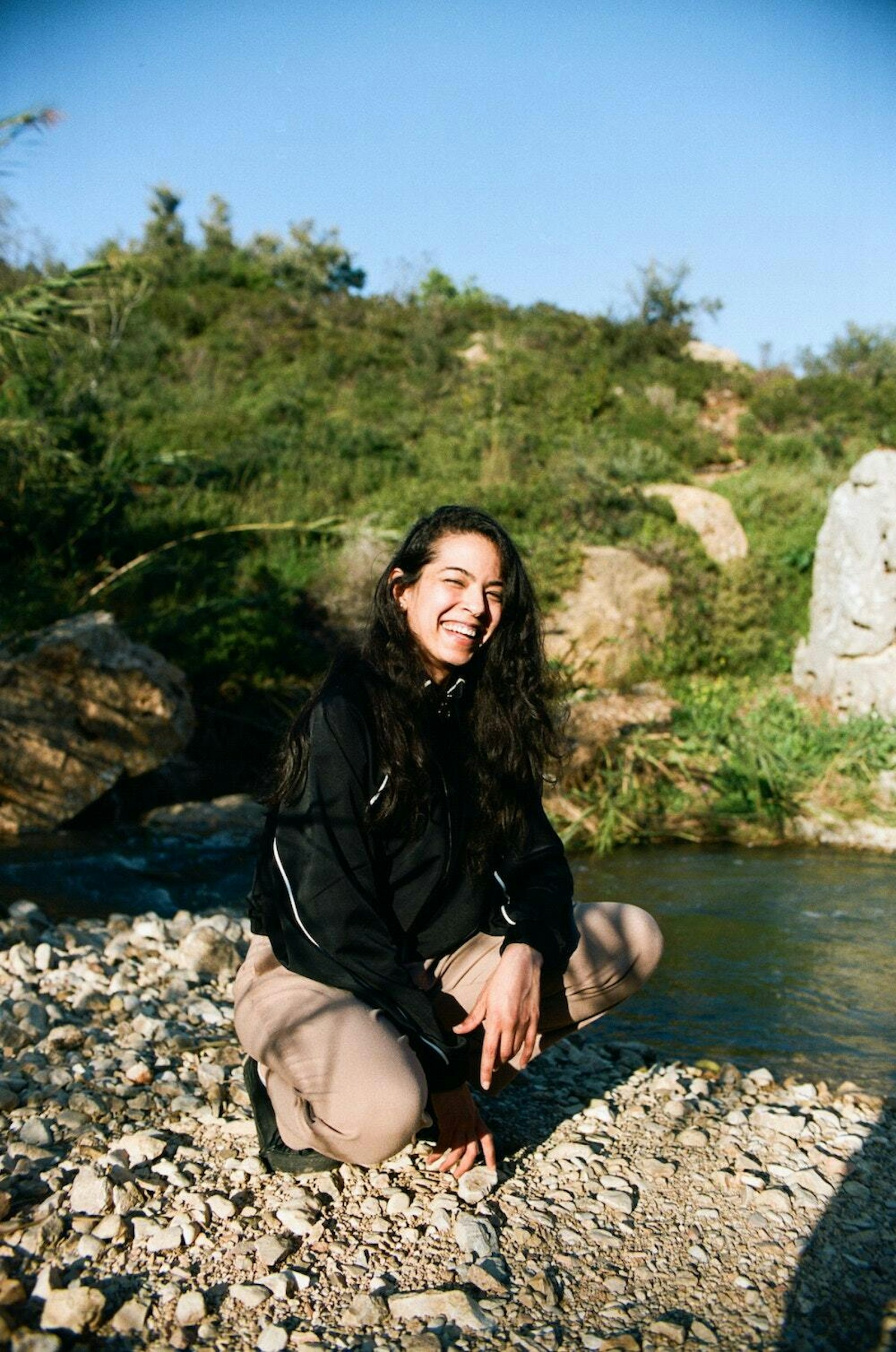
Would you say that platforms such as Instagram make it difficult to carve out your niche as a photographer?
I don’t necessarily think it makes it harder; I think it has created a beautiful community of photographers and creatives, who all continue to inspire and support each other. It can be a competitive industry at times, but I also believe there are plenty of opportunities, particularly in London.
What have been your biggest learnings with making money as a creative?
I have learnt that it can definitely be difficult to earn money purely from photography, and it can also be very inconsistent. Therefore it is important to do the jobs that pay the bills sometimes – remember that you don’t have to put your name to everything. Also try and find the time to do the projects that may not pay as well or at all – the ones that feed and nourish your soul.
“Find the time to do the projects that may not pay as well or at all – ones that feed your soul.”
How important have you found social media and self-promotion in your work?
I have always found social media very helpful – I’ve always had somewhat of a presence online whether it be through Instagram, or sharing my photography on Tumblr years ago. Social media makes it very easy for people to stay up-to-date with your work, and also for potential clients to reach out to you.
Do you get most of your work through Instagram?
I would say so, yes – as well as directly through my website, where I have a contact form. I think it is a lot easier for clients to see your work via social media and for them to reach out to you, especially for the slightly smaller jobs.

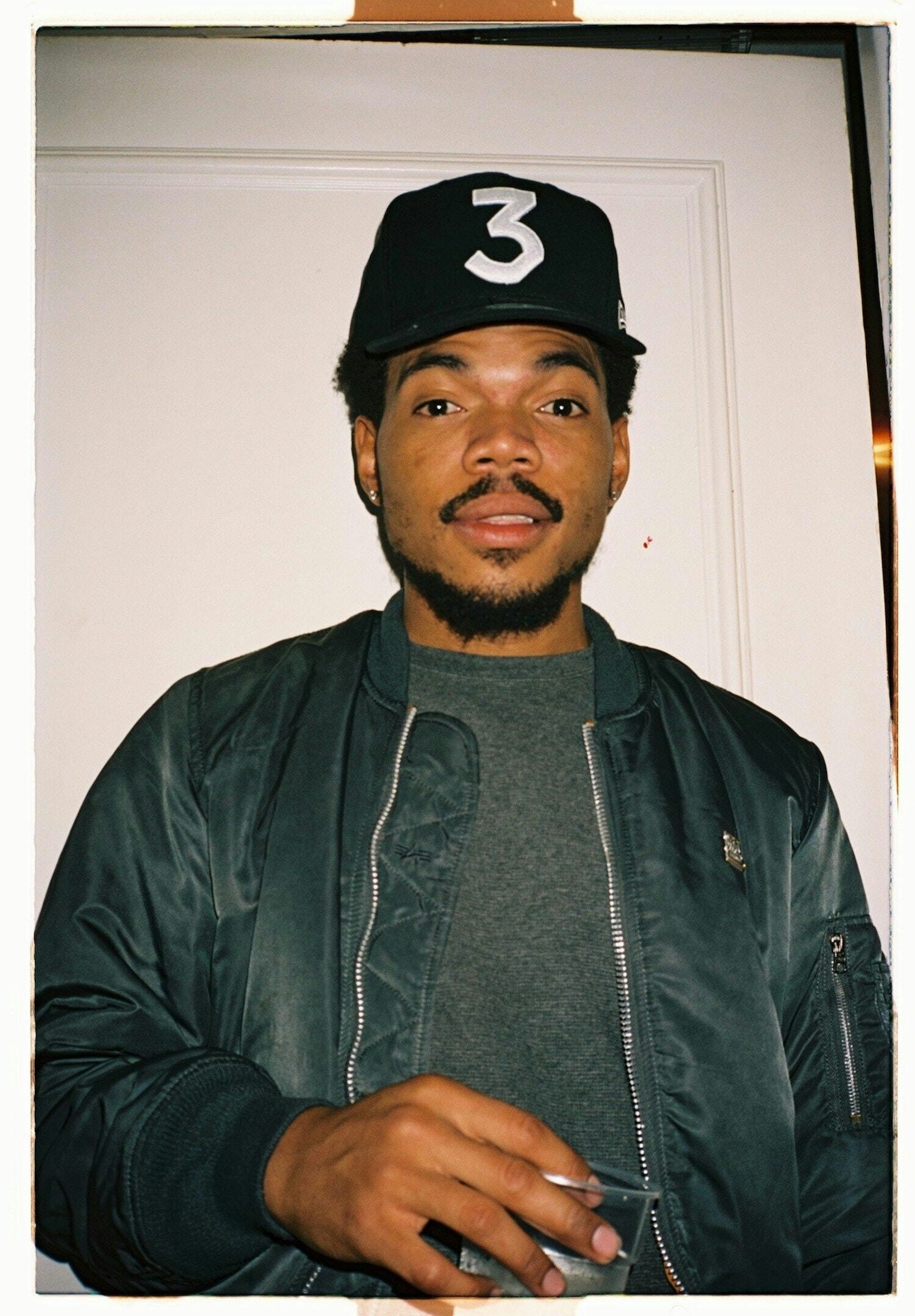
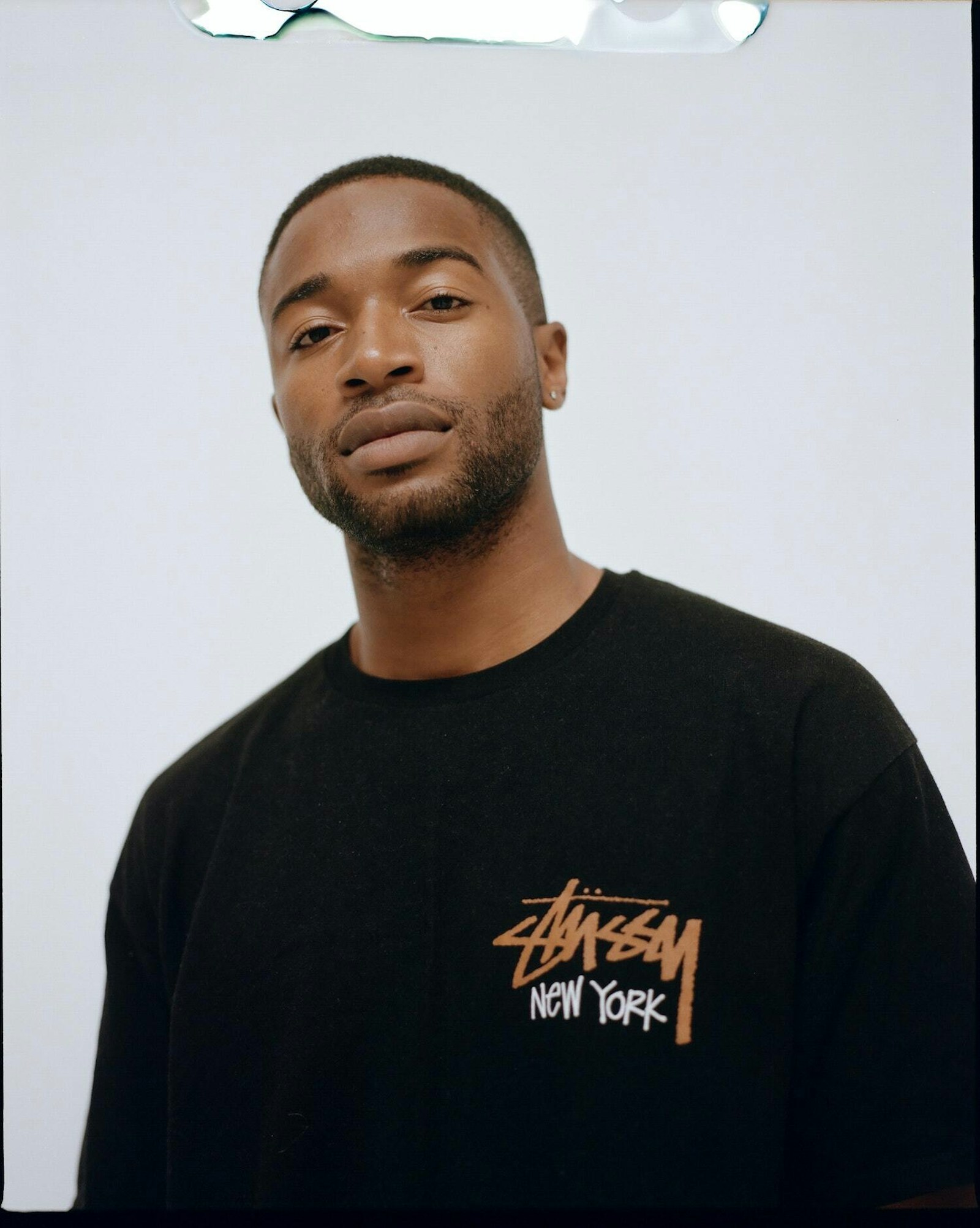
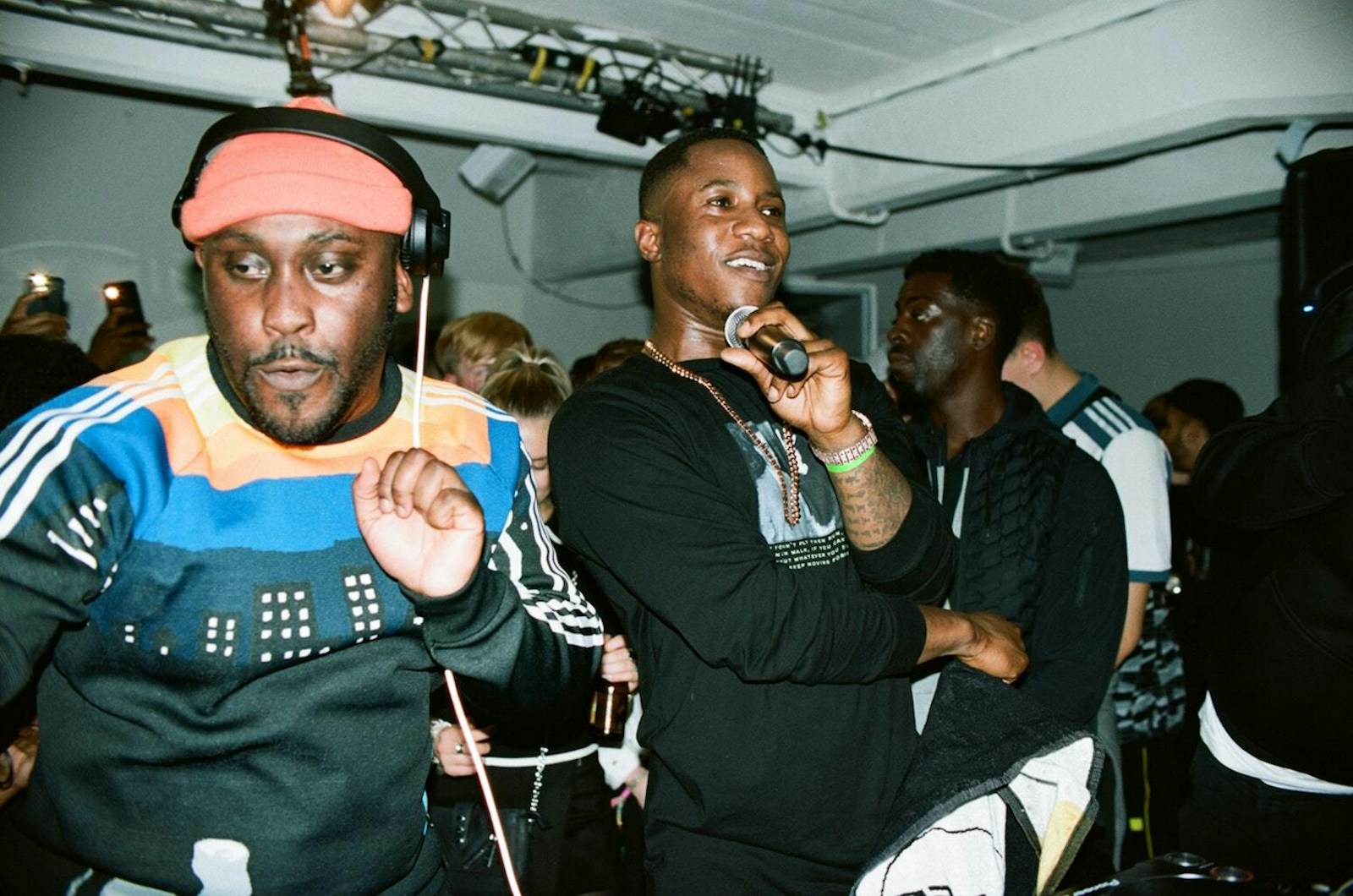
Thinking Ahead
What would you like to do next?
I would love to publish a book soon, as well as open my own studio plus a creative or production agency somewhere along the line.
Words of Wisdom
What advice would you give to an emerging creative wanting to get into the same line of work?
I think the most important things to consider are: firstly, decide what your passions are and what it is you want to document or specialise in. Create work for you, not for others.
Secondly, hone your craft, shoot as much and as often as you can; experiment (you don’t have to publish everything, only the things you think are strongest). Lastly, be nice!
Written by Ayla Angelos
Mention Vicky Grout